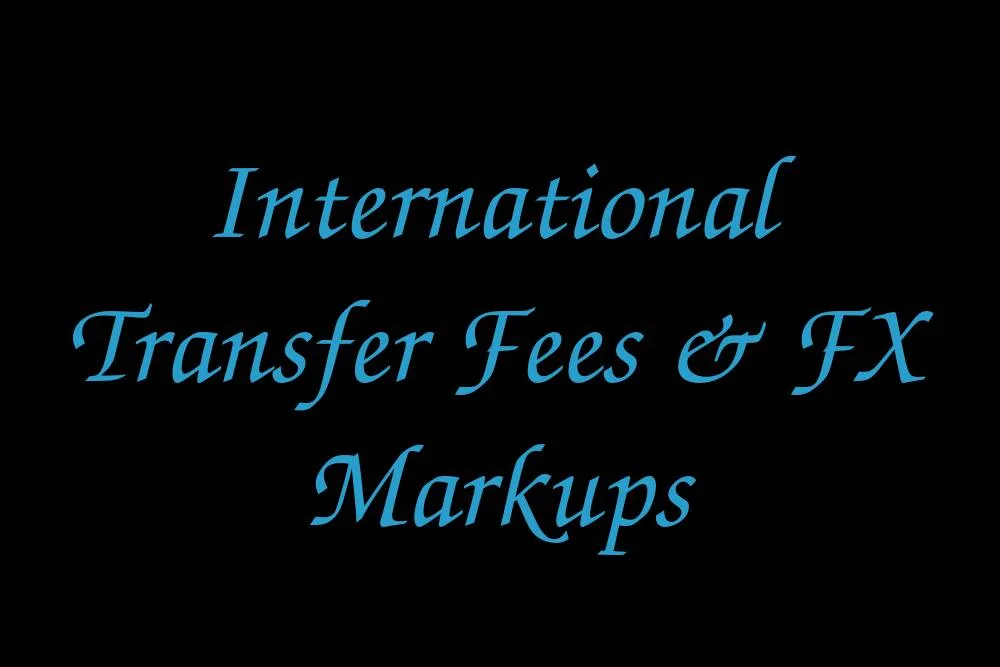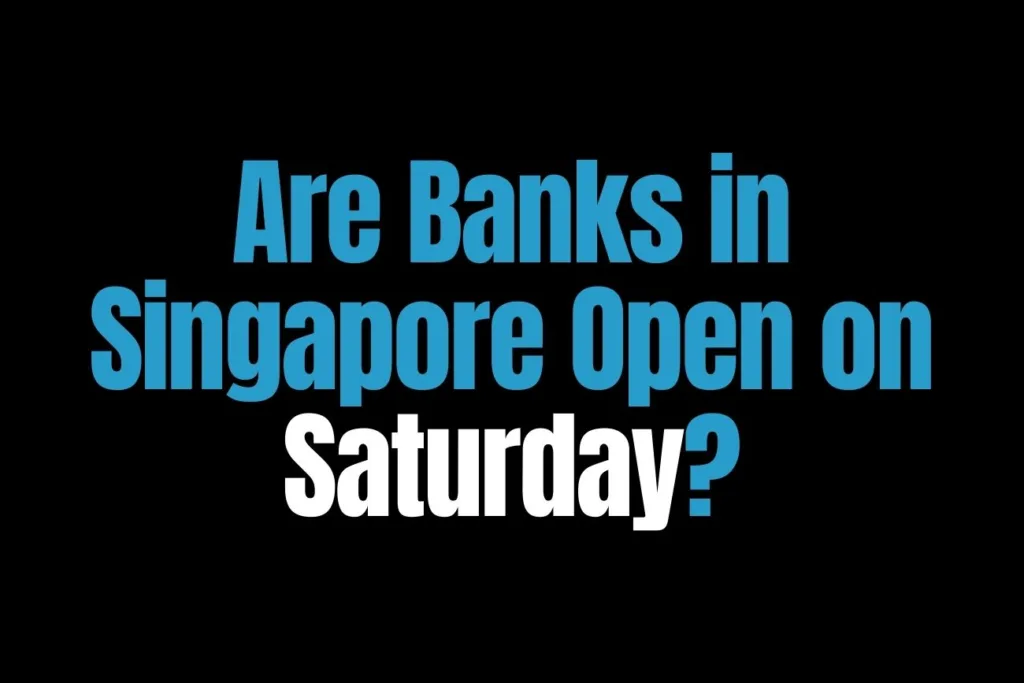At a Glance
- Total cost = transfer fee(s) + all intermediary/receiving bank charges + FX markup (the margin added to the mid-market rate).
- Fees vary by rail (e.g., SWIFT) and by charging option: OUR, SHA, BEN.
- In some corridors, faster payment linkages (e.g., PayNow–UPI with India; PayNow–PromptPay with Thailand) can lower cost and improve speed compared to traditional cross-border wires.
Transfer Fees: What They Usually Include
“`
1) Your bank’s handling/telegraphic transfer fee
Singapore banks publish outbound remittance charges on their public fee schedules. These cover processing the instruction and sending it to the network (often SWIFT for bank-to-bank payments). See bank support pages for examples of line items and definitions (e.g., DBS Overseas Funds Transfer Fees or Maybank Outward Remittance Fees).
2) Correspondent/agent bank charges
When a payment moves through intermediary banks, each intermediary may deduct a fee unless the sender instructs otherwise. The industry uses three standard charging options (SWIFT MT103 field 71A / ISO 20022 charge bearer):
- OUR – Sender bears all bank fees; intermediaries claim from the sender’s bank so the beneficiary should receive the full principal.
- SHA – Fees are shared; you pay your bank’s fee, and intermediaries/beneficiary bank may deduct from the principal.
- BEN – Beneficiary bears all fees; the amount received is net of all charges.
These charging rules are defined in SWIFT usage guidance and market practice documents. For background, see SWIFT’s charges/claims guidelines and field references listed in the sources below.
3) Beneficiary bank’s incoming fee
The receiving bank may charge to credit the beneficiary account, especially under SHA or BEN. This is set by the beneficiary bank’s tariff.
4) Repairs, tracer, recall, or amendment fees
If details need correction (e.g., name mismatch, IBAN/BIC error) or a payment is traced/recall requested, additional service fees can apply on top of network charges. Provide complete, verified payee details to avoid these costs.
FX Markups: The Hidden Driver
FX markup is the margin added by a provider to the mid-market rate (also called interbank or Reuters/Bloomberg “mid”). It’s often expressed as basis points (bp) or a percentage. Even when a transfer advertises “zero fees,” the markup can represent most of the total cost.
How to estimate the markup (illustrative):
- Note the quoted rate your bank or provider offers (e.g., SGD→USD).
- Check an independent mid-market rate at the same moment (from a neutral data source).
- Compute markup % ≈ |Quoted − Mid| ÷ Mid × 100.
When comparing options, calculate the effective cost: add all explicit fees and the implied FX markup on the converted amount, then compare the amount the recipient actually gets and the time to credit.
Payment Rails Used from Singapore
SWIFT (traditional cross-border)
Most bank-to-bank international transfers still move over SWIFT with correspondent banks. Charging options (OUR/SHA/BEN) and intermediary fees apply. Many banks also support status tracking (e.g., via gpi) for transparency.
Real-time linkages (selected corridors)
- Singapore–India (PayNow–UPI): launched on , enabling person-to-person transfers between Singapore bank/e-wallet accounts and Indian UPI addresses. Built by network operators in both countries, the linkage aims for faster, lower-cost remittances compared with traditional wires. See the official launch materials in the sources.
- Singapore–Thailand (PayNow–PromptPay): launched on , the world’s first real-time retail payments linkage between two national fast payment systems, allowing transfers using just a mobile number.
What this means for pricing: When available for your corridor and bank, these linkages may reduce or eliminate intermediary charges and offer clearer FX pricing. Availability depends on participating institutions and corridor rules.
What’s next: multilateral connectivity
The BIS Project Nexus initiative, with Singapore as a key partner, is working toward a common scheme to link multiple instant payment systems so cross-border payments can be processed more consistently on a wider scale. This could further improve cost, speed, and transparency over time.
How to Compare Providers & Keep Costs Predictable
- Check the fee schedule for your specific corridor and currency. Confirm if any “cable/handling” fees apply and whether intermediary charges are likely.
- Choose the charging option that matches your goal:
- Full amount must arrive → use OUR (sender covers charges).
- Minimise your upfront fee and you’re fine with net credit → SHA or BEN (where appropriate).
- Ask for the live FX rate and compare it to a neutral mid-market snapshot to estimate the markup.
- Avoid double conversion (e.g., SGD→USD→local currency) by sending in the beneficiary account’s currency where possible, or by using a multi-currency account.
- Use real-time linkages (PayNow–UPI, PayNow–PromptPay) when available; they can reduce correspondent fees and enhance speed.
- Verify licensing: If you choose a non-bank remittance or e-money provider, ensure it is licensed or exempt in Singapore for Cross-border Money Transfer Service via the MAS Financial Institutions Directory.
- Document everything (rate quote, fees, charging option) before sending large amounts so you can reconcile outcomes with the beneficiary.
Worked Example (Illustrative Only)
Suppose you send A SGD overseas. Your bank quotes rate R (SGD→foreign currency) and an outbound fee F. If the charging option is SHA, an intermediary may deduct I, and the beneficiary bank may deduct B.
Amount received ≈ (A − F) × R − I − B
Effective total cost % (vs. mid-market) ≈
[Amount you would have sent at mid-market] − [Amount received (converted back at mid-market)]
÷ [Amount you would have sent at mid-market] × 100.
This framework lets you compare providers on a like-for-like basis across both explicit fees and FX markup.
Quick Questions
Is “zero-fee” always cheaper?
Not necessarily. A higher FX markup can outweigh a waived transfer fee. Always compare the amount the recipient will receive and the time to credit.
When should I choose OUR vs SHA?
OUR is helpful when an exact amount must arrive (e.g., invoice settlements). SHA is common for individuals who accept that intermediary/receiving fees may be deducted from the principal. Your counterpart’s preference and corridor norms also matter.
Do real-time linkages change FX pricing?
They can. Some linkages publish clearer FX quotes with fewer intermediaries. Pricing depends on participating institutions and corridor rules; check your bank’s specific terms.
“`
Pre-Transfer Checklist
- Confirm the charging option (OUR/SHA/BEN) and typical intermediary/receiving fees for your corridor.
- Get a time-stamped FX quote and compare to a neutral mid-market snapshot.
- Provide complete beneficiary details (name, account number/IBAN, bank name, BIC/SWIFT, address if required) to avoid repair fees.
- Check if a real-time linkage is available for your corridor via your bank.
- Ensure non-bank providers are licensed in MAS’s directory.
- Keep the payment reference consistent for easy reconciliation on arrival.
Important
Fees, eligibility, FX rates, and corridor availability change frequently. For any critical or time-sensitive transfer, please verify details on the official sources listed below and on your bank’s fee schedule before you send.
Sources & Further Reading (Official/Primary)
- Monetary Authority of Singapore (MAS) – Financial Institutions Directory (filter for Cross-border Money Transfer Service to verify licensed payment providers). Example filtered view: MPI & Cross-border Money Transfer.
- Reserve Bank of India – Press Release on the PayNow–UPI linkage launch (): RBI Press Release.
- Bank of Thailand & MAS – Joint Press Release on the PayNow–PromptPay linkage (): BOT–MAS Joint Release (PDF).
- Association of Banks in Singapore – PayNow–PromptPay Linkage White Paper: ABS White Paper (PDF).
- Association of Banks in Singapore – PayNow–UPI Linkage Fact Sheet: ABS Fact Sheet (PDF).
- SWIFT – Market Practice Guidelines on International Payment Charges (incl. BEN/SHA/OUR context): SWIFT PMPG Charges/Claiming (PDF).
- BIS Innovation Hub – Project Nexus overview and 2024 report: Nexus Overview & Nexus Report (PDF).
- DBS – Overseas Funds Transfer fees & definitions: DBS Support Page.
- Maybank Singapore – Outward Remittance fees & important notes: Maybank Fee Page.


